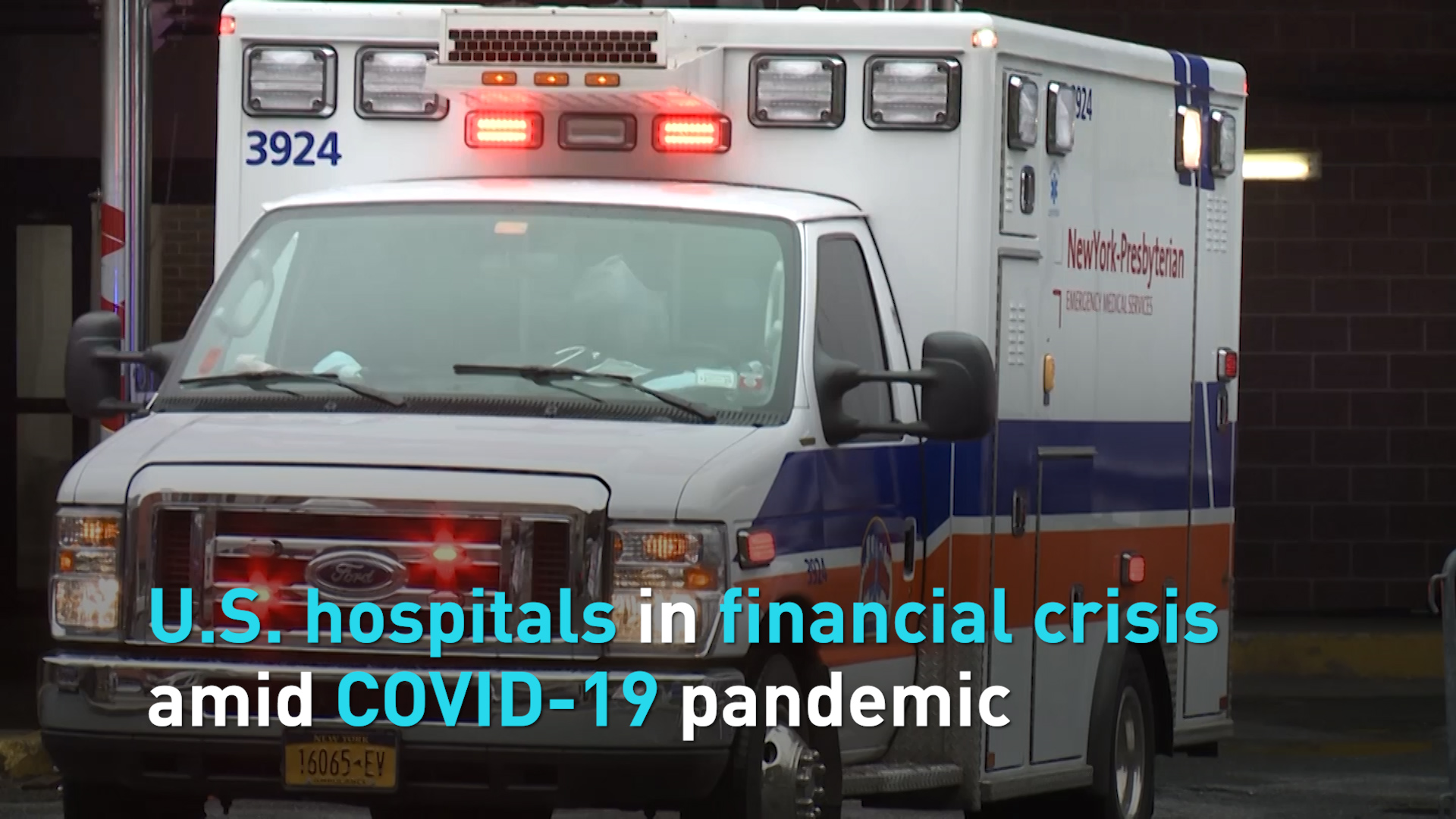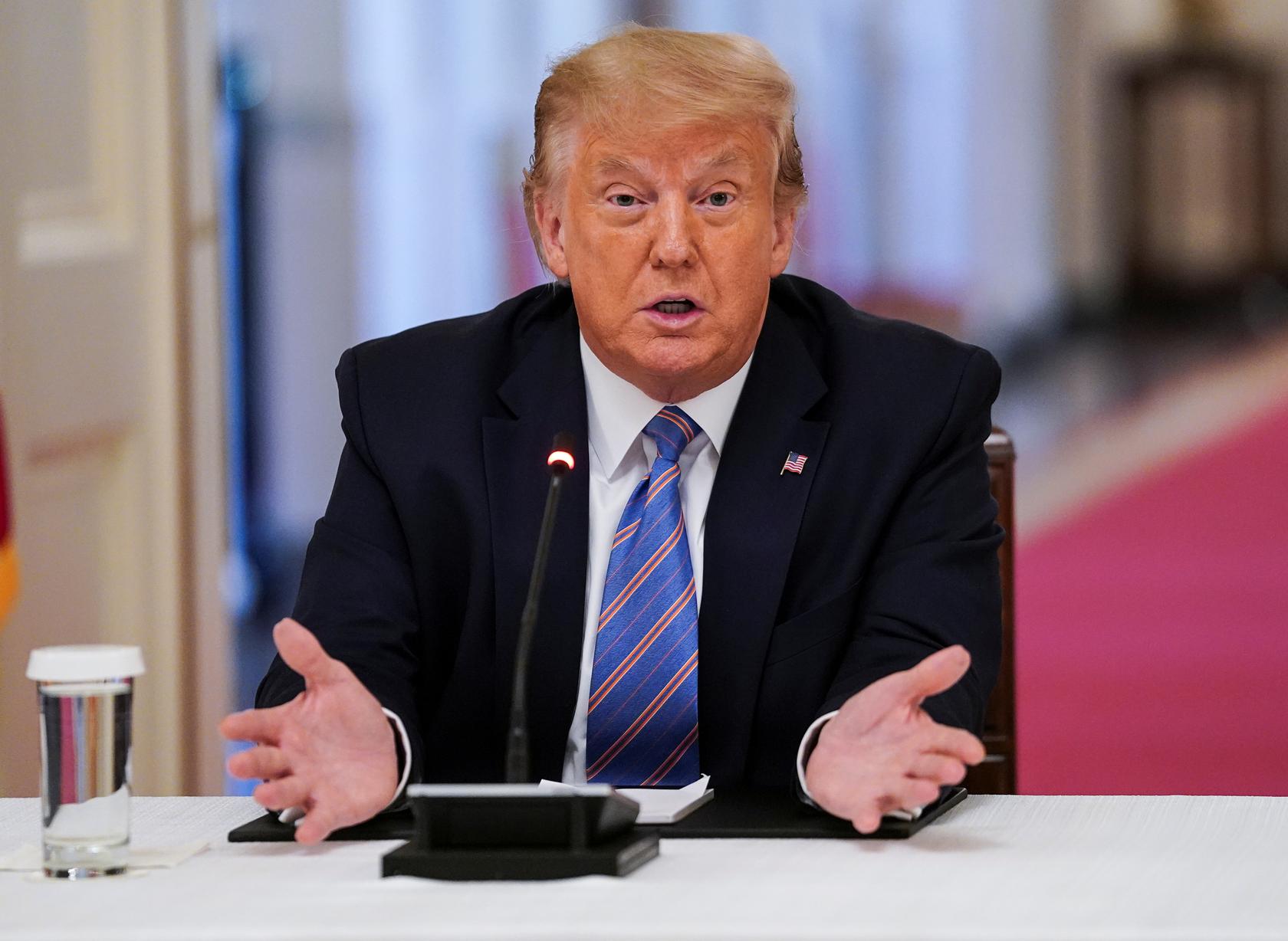02:25

The United States topped three million confirmed coronavirus cases on Wednesday as President Donald Trump pushed for schools to re-open amid a COVID-19 resurgence in many southern hotspots.
The U.S. remains by far the worst affected country, with over 131,000 deaths, while Brazil – whose President Jair Bolsonaro has tested positive for the disease – is a distant second with close to 67,000 deaths from almost 1.7 million cases.
Despite rising infections, Trump on Wednesday called for students to return to their schools in the fall and lashed the Centers for Disease Control and Prevention for issuing guidance that he said was too restrictive.
"I disagree with @CDCgov on their very tough & expensive guidelines for opening schools. While they want them open, they are asking schools to do very impractical things. I will be meeting with them!!!" Trump said on Twitter.
Flanked by top administration health and education officials, Pence said the CDC next week will issue a "new set of tools ... to give more clarity on the guidance going forward.
"The president said today we just don't want the guidance to be too tough," Pence said at a White House coronavirus task force briefing at the Department of Education.
CDC Director Robert Redfield stressed that agency guidelines were not requirements.
"It would be personally very disappointing to me, and I know my agency, if we saw that individuals were using these guidelines as a rationale for not reopening our schools," Redfield said.

U.S. President Donald Trump speaks during an event on reopening schools amid the coronavirus pandemic in the East Room at the White House in Washington, U.S., July 7, 2020. /Reuters
U.S. President Donald Trump speaks during an event on reopening schools amid the coronavirus pandemic in the East Room at the White House in Washington, U.S., July 7, 2020. /Reuters
Meanwhile, Harvard and MIT sued the administration after it threatened to revoke the visas of foreign students whose entire courses have moved online because of the coronavirus pandemic.
States are responsible for primary and secondary education under the U.S. Constitution, but some have been holding off on deciding when and how to open schools, concerned about the resurgence of coronavirus across the country.
"The Dems think it would be bad for them politically if U.S. schools open before the November Election, but is important for the children & families. May cut off funding if not open!" Trump said on Twitter.
The majority share of school funding comes from states, and the federal government provides some supplementary funding for schools, including through congressional appropriations. With Democrats controlling the House of Representatives, any effort to curtail funding is sure to face roadblocks.
Labor Secretary Eugene Scalia said school re-openings were necessary for the U.S. economic recovery. Business and conservative groups have said parents need to get back to work.
On Tuesday, Trump said he would pressure state governors to open schools in the fall.
However, the surge in U.S. cases has raised concerns about the increased risk of children spreading the virus to vulnerable adults at home as well as to older teachers and school staff.
New York Governor Andrew Cuomo said the federal government has no authority on schools and his state will announce its reopening plans in the first week of August.
In neighboring New Jersey, Governor Phil Murphy said he planned to reopen state schools in the fall, but reserved the right to "tweak that if it means saving lives."
(With input from Reuters, AFP)
(Cover: U.S. Vice President Mike Pence leads a White House coronavirus disease task force briefing with Dr. Deborah Brix, the White House coronavirus response coordinator, at the U.S. Education Department in Washington, U.S., July 8, 2020. /Reuters)
Check out The China Report, our new weekly newsletter. Subscribe here!